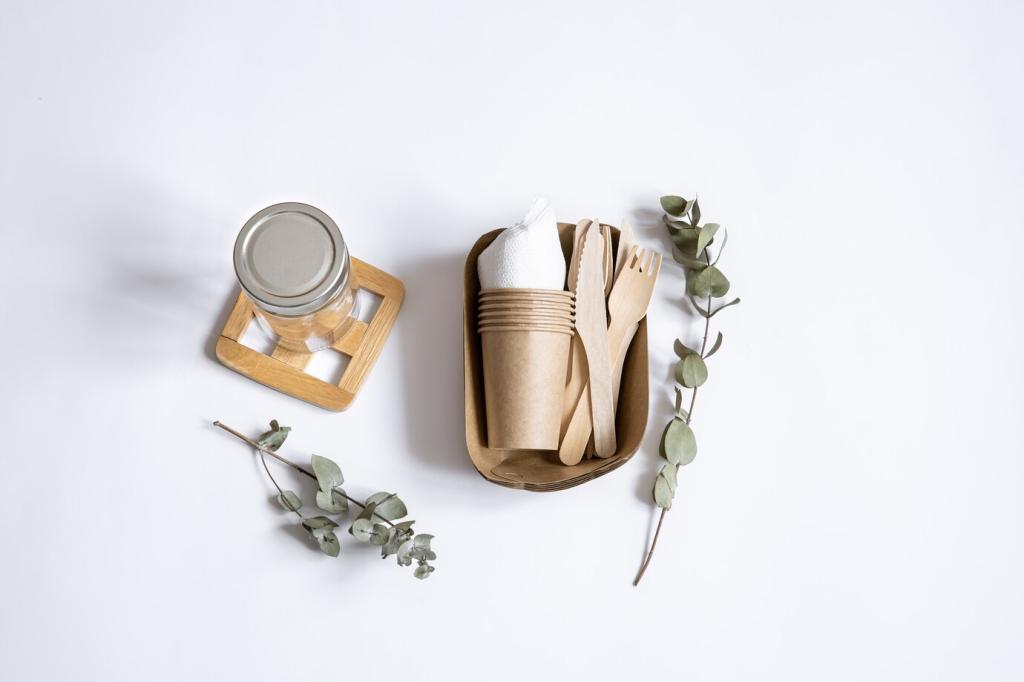Foundations of Natural Wood Care
Wood is a living record of moisture and time. Its cellular structure swells and relaxes, asking for finishes that move with it. Penetrating oils and waxes protect by feeding fibers, not sealing them under plastic. This preserves repairability, tactile warmth, and that unmistakable natural glow.
Foundations of Natural Wood Care
Reach for cold-pressed tung oil, polymerized linseed oil, and, if nut sensitivities are not a concern, walnut oil. Blend with beeswax or carnauba for resilience and a soft sheen. Choose low-VOC citrus terpenes as a gentle solvent. For cutting boards, use food-contact-safe formulations and avoid synthetic fragrances.





